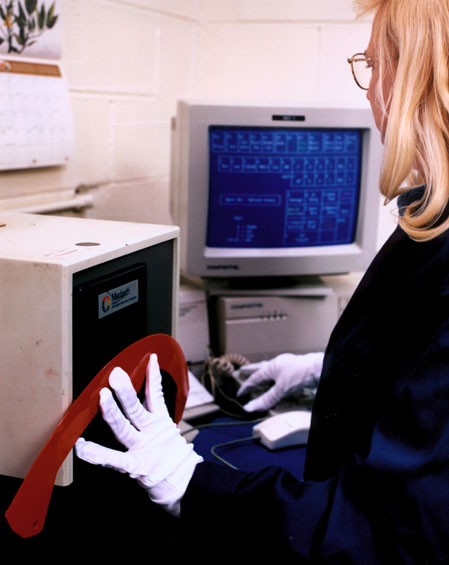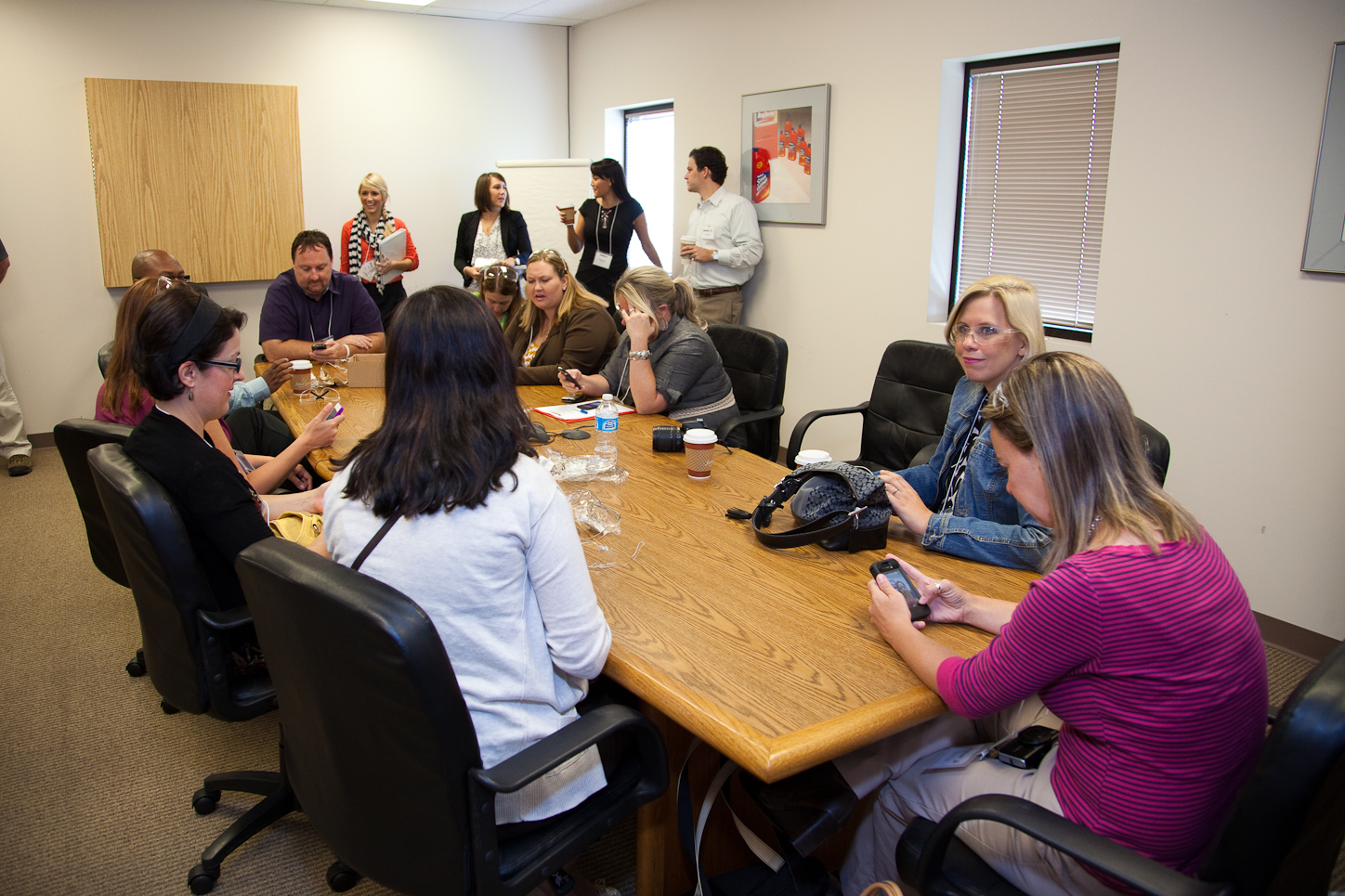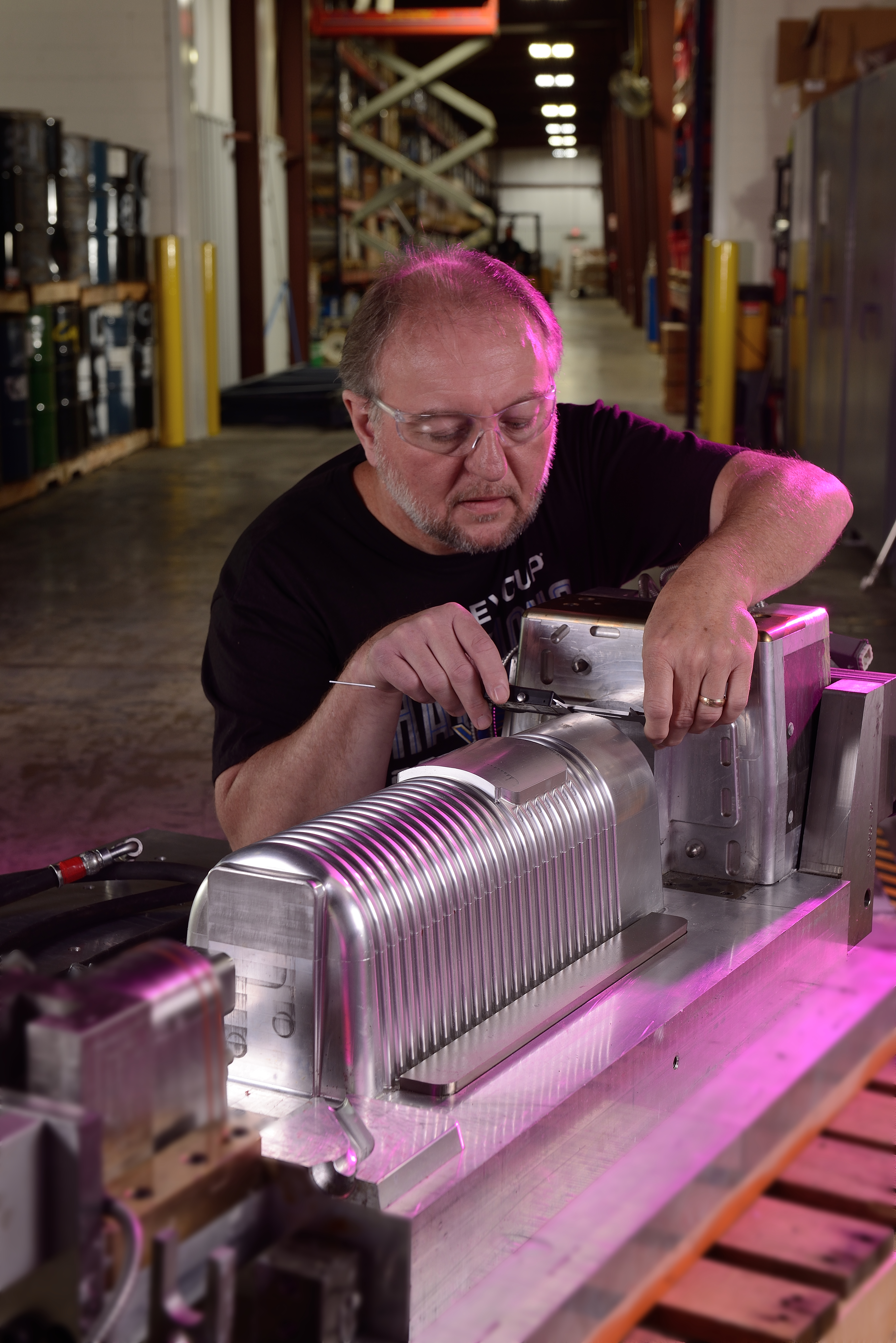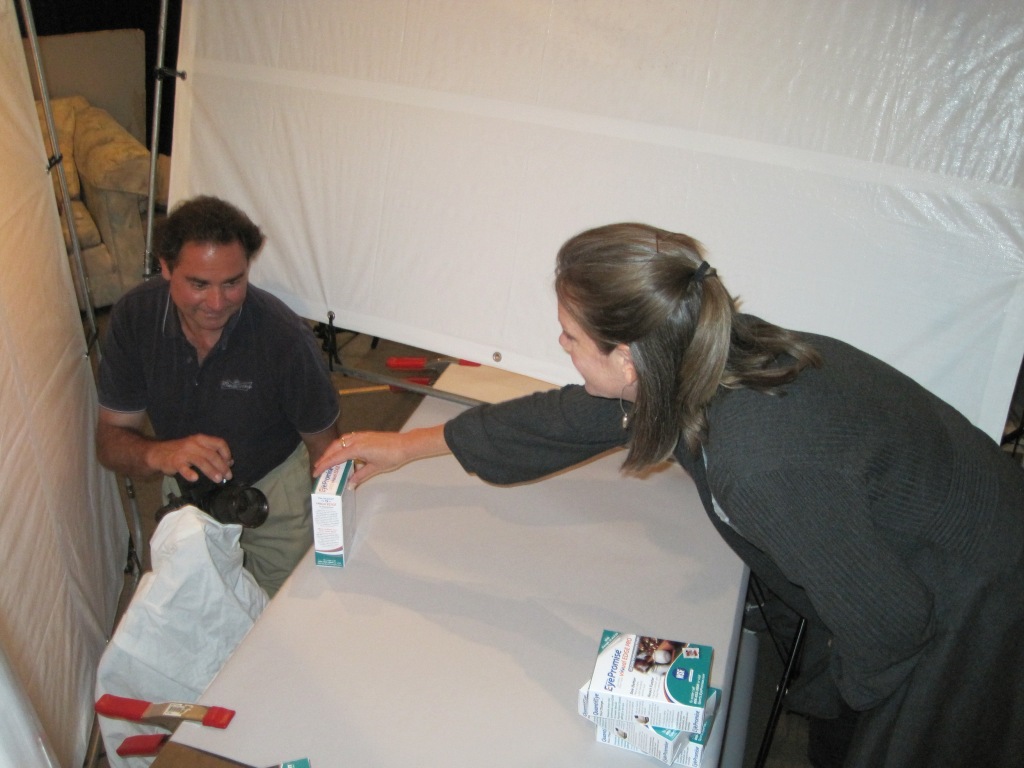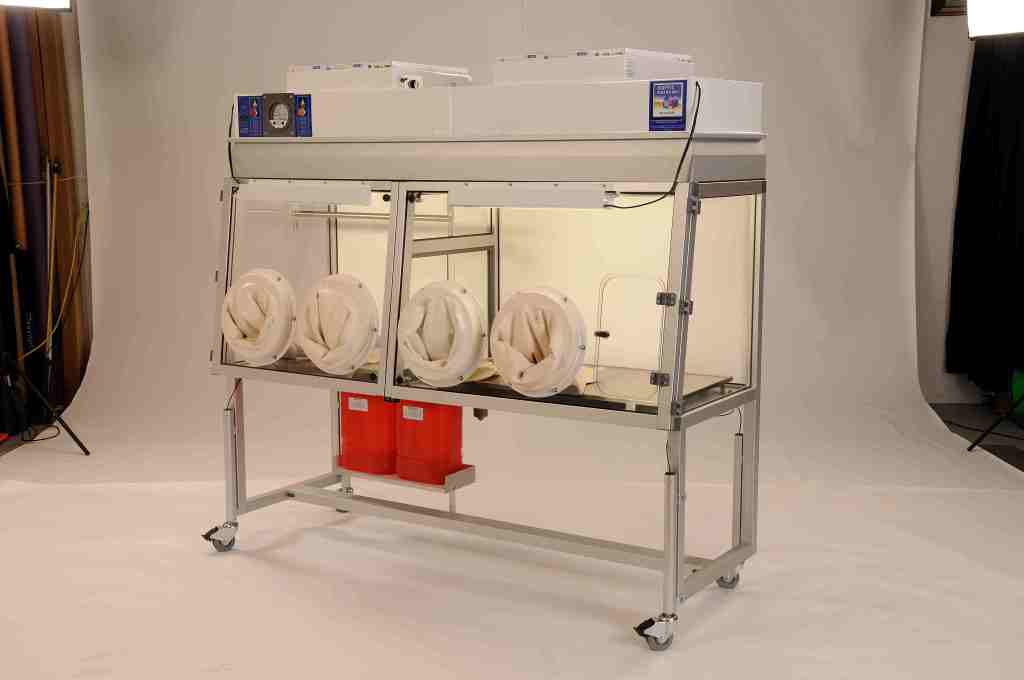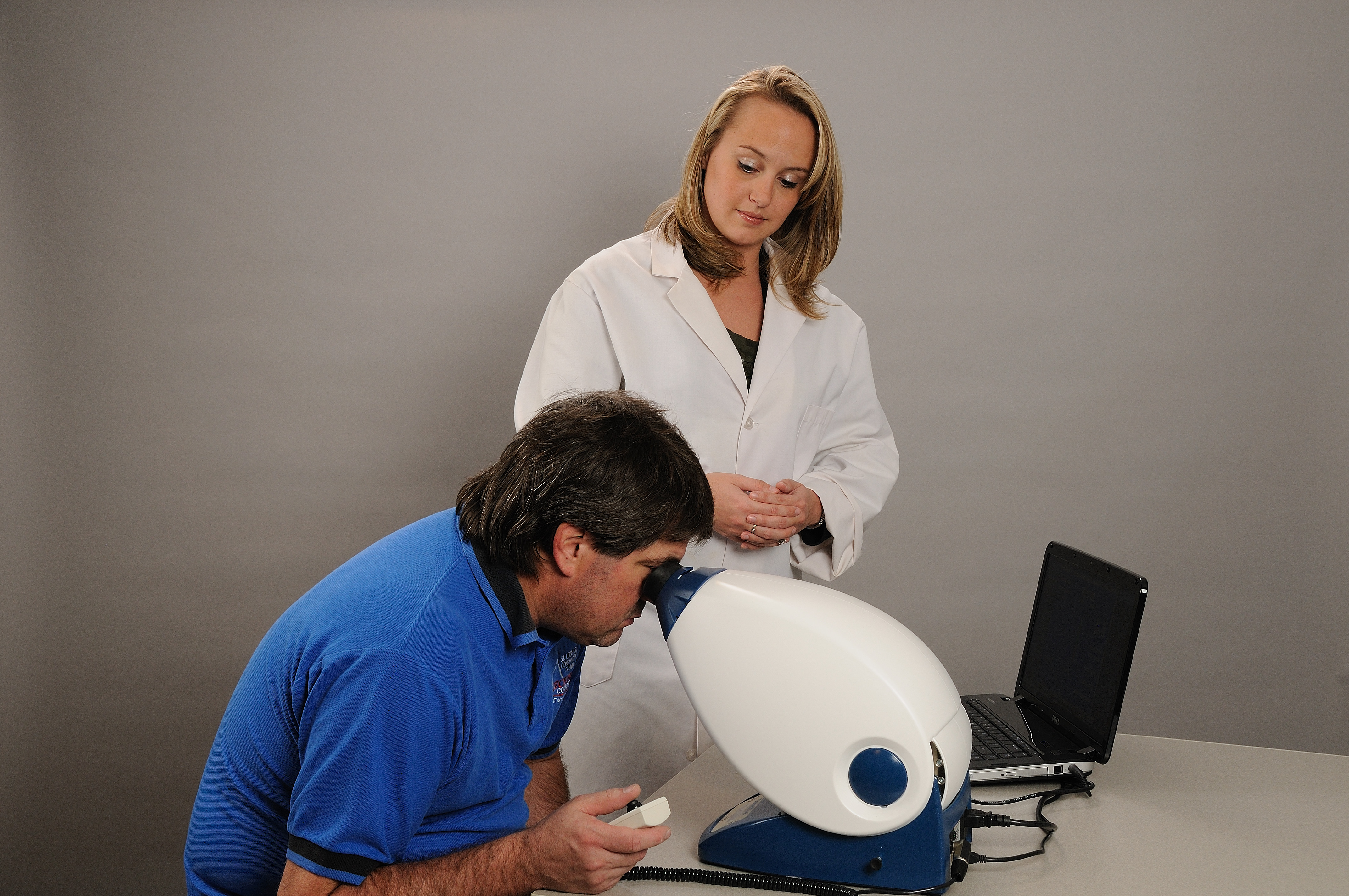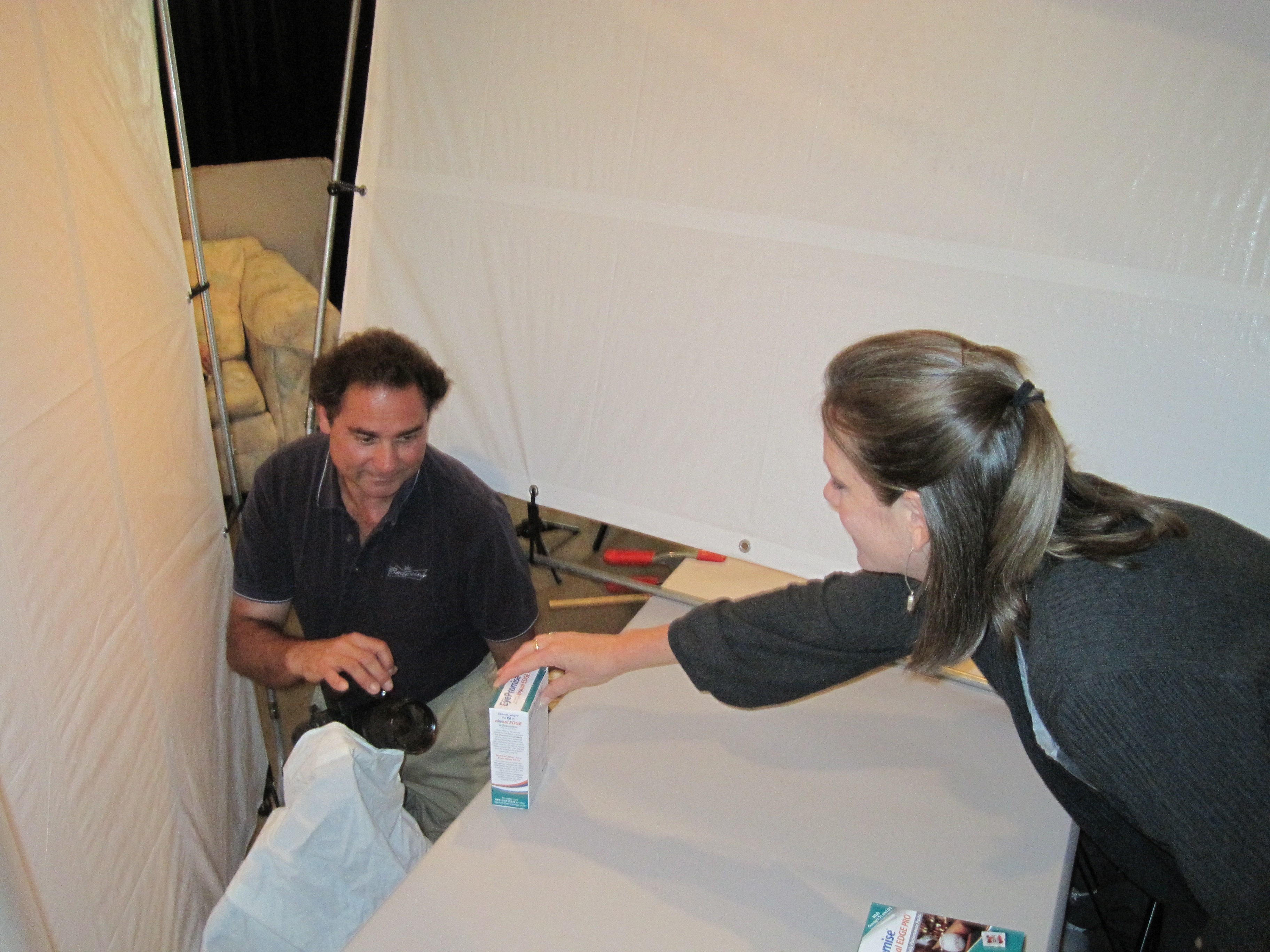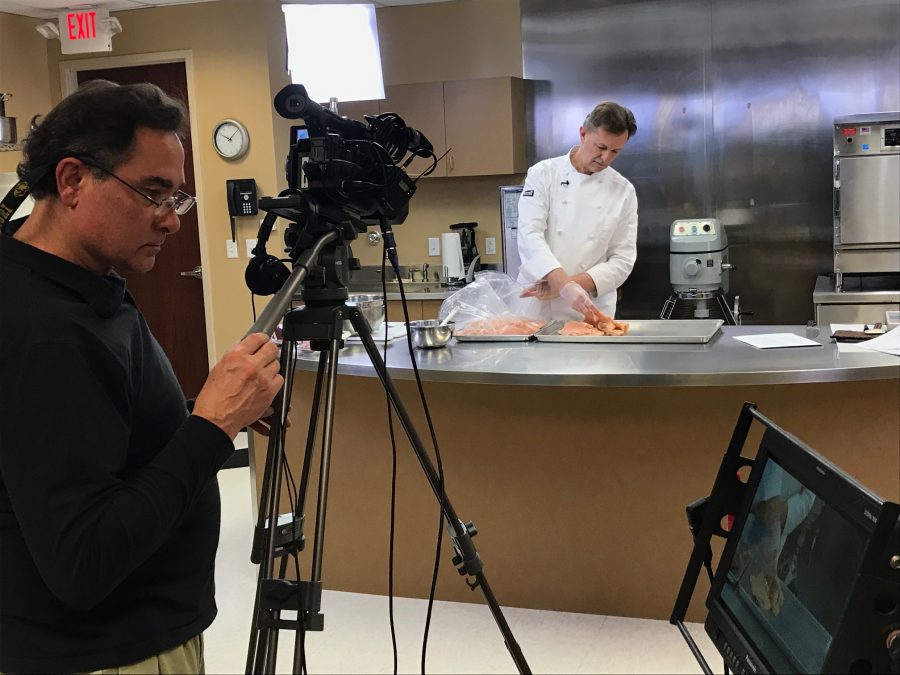In the world of commercial photography, product photography is a unique and specialized field. It requires a deep understanding of lighting, composition, and the ability to highlight the features of a product effectively. As an experienced product photographer at St. Louis Commercial Photographers, I’m here to take you on a journey through the fascinating world of creative lighting trends in product photography.
Product photography is all about showcasing products in the best possible way, making them look appealing and enticing to potential customers. The right lighting can make all the difference, transforming a mundane product into a work of art. In this article, we will explore some of the latest creative lighting trends that can help you achieve stunning product shots.
The Importance of Creative Lighting in Product Photography
Before diving into the trends, let’s first understand why creative lighting is crucial in product photography. Lighting plays a pivotal role in setting the mood, creating depth, and emphasizing the product’s features. It can evoke emotions and tell a story about the product, making it more relatable to the audience.
Poorly lit product images can make even the most exceptional products look dull and unattractive. On the other hand, strategically applied creative lighting can make a product pop, emphasizing its texture, shape, and color. It can make a viewer feel like they can reach out and touch the product.
Now, let’s explore some of the innovative lighting techniques that professional product photographers are using today.
1. Natural Light Photography
Natural light is one of the most sought-after lighting sources in product photography. It offers a soft, even illumination that can beautifully highlight the product’s details without harsh shadows. Photographers often use diffusers or reflectors to control and enhance natural light.
One popular approach is to shoot near a large window or in an outdoor setting during the golden hour—the period shortly after sunrise or before sunset—when the light is warm and flattering. This soft, warm light can make products look inviting and cozy.

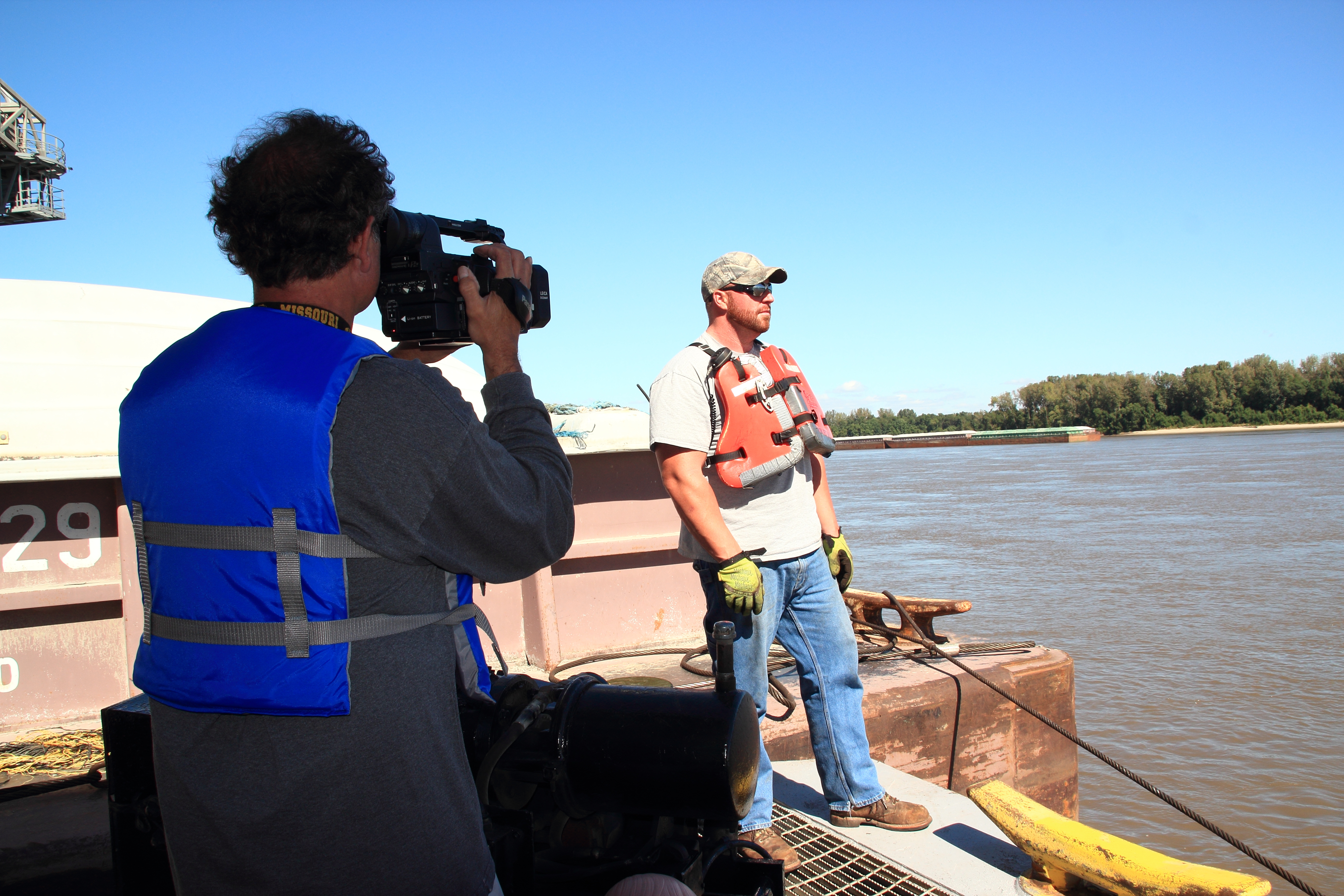




2. Studio Lighting with Softboxes
In a controlled studio environment, softboxes are widely used to create soft, diffused lighting. These large, rectangular or square boxes emit uniform light, minimizing harsh shadows and reflections. They are especially effective for photographing reflective or glossy products like jewelry or glassware.
By strategically positioning softboxes at different angles, photographers can achieve the desired level of illumination and shadow definition, giving products a three-dimensional look.
3. Rim Lighting for Drama
Rim lighting is a technique that involves placing a light source behind the product, creating a halo or outline around its edges. This technique adds depth and drama to the image, making the product stand out from the background.
Rim lighting is often used for products with interesting contours or textures, such as electronics or cosmetics packaging. It creates a striking contrast between the product and its surroundings.





4. Light Painting
Light painting is a highly creative technique where photographers use handheld light sources, such as flashlights or LED panels, to selectively illuminate different parts of the product. By carefully controlling the direction and intensity of the light, photographers can emphasize specific details or create unique visual effects.
This technique is particularly popular for photographing products with intricate designs or textures, as it allows for precise control over which areas are illuminated.
5. Color Gels for Mood Enhancement
Color gels are translucent sheets placed in front of light sources to add a colored tint to the lighting. This technique is used to create mood and atmosphere in product photography. Different colors can evoke various emotions and associations.
For example, warm colors like red and orange can convey a sense of warmth and comfort, while cooler colors like blue and green can create a calm and serene atmosphere. Color gels can be used creatively to match a product’s branding or to add a touch of drama to the image.
6. High-Key and Low-Key Lighting
High-key lighting involves using predominantly bright, even lighting to create a clean and minimalist look. It’s often used for products that require a fresh and airy aesthetic, such as beauty products or high-end fashion items.
Conversely, low-key lighting relies on strong contrasts between light and shadow, resulting in a more dramatic and moody atmosphere. This technique is suitable for products that want to convey a sense of mystery or luxury, like high-end watches or perfumes.
7. Multiple Light Sources for Texture
To highlight texture and surface details, photographers often employ multiple light sources. By carefully positioning and adjusting these sources, they can create interesting highlights and shadows that bring out the product’s tactile qualities.
This technique is commonly used for products like clothing, accessories, or textiles, where texture is a key selling point. It can make fabrics appear soft and inviting or emphasize the intricate patterns and weaves.
8. Practical Lighting Props
Sometimes, using practical props like candles, lanterns, or string lights can add a unique touch to product photography. These props not only provide additional sources of illumination but also create a cozy and inviting ambiance.
For instance, using string lights to create a warm, twinkling background can make a product feel festive and celebratory, perfect for holiday-themed marketing campaigns.
9. Focus Stacking for Maximum Sharpness
Focus stacking is a technique that involves taking multiple images of the same product at different focus points and then merging them in post-production. This results in a final image with exceptional depth of field and sharpness throughout.
Focus stacking is particularly useful for products with intricate details or those shot at close distances, such as macro photography of jewelry or small electronics.
10. Subtractive Lighting Techniques
In some cases, photographers use subtractive lighting techniques to create dramatic effects. This involves strategically blocking or reducing the amount of light reaching certain areas of the product, creating shadows and enhancing contrast.
Subtractive lighting can be used to create striking silhouettes or to draw attention to specific parts of the product, such as a logo or a unique feature.
Conclusion
In the world of product photography, creative lighting is an indispensable tool for creating compelling and visually appealing images. Each of the lighting techniques mentioned above has its own unique characteristics and can be applied to different types of products based on their features, branding, and target audience.
As a full-service photographer, St. Louis Commercial Photographers has extensive experience in harnessing these creative lighting trends to capture stunning product shots that resonate with your audience. Our team possesses the right equipment and the creative expertise needed to bring out the best in your products. Whether you require studio or location photography, image editing and retouching, or customized product images for various media requirements, we have you covered.
With a proven track record of working with businesses and agencies in the St. Louis area, St. Louis Commercial Photographers understands the unique photography needs of our local clients. We are proficient in handling various file types and styles of media, along with the accompanying software to ensure your branding images are optimized for maximum impact.
If you’re ready to elevate your product photography and showcase your products in the best light possible, reach out to St. Louis Commercial Photographers today. Let us bring our wealth of experience and creative vision to your next project, ensuring your products shine and captivate your audience.
Contact us now to discuss your product photography needs and experience the St. Louis Commercial Photographers difference.




